Joachim Haagen Skeie - Ember.js in Action
Here you can read online Joachim Haagen Skeie - Ember.js in Action full text of the book (entire story) in english for free. Download pdf and epub, get meaning, cover and reviews about this ebook. year: 2014, publisher: Manning Publications, genre: Computer. Description of the work, (preface) as well as reviews are available. Best literature library LitArk.com created for fans of good reading and offers a wide selection of genres:
Romance novel
Science fiction
Adventure
Detective
Science
History
Home and family
Prose
Art
Politics
Computer
Non-fiction
Religion
Business
Children
Humor
Choose a favorite category and find really read worthwhile books. Enjoy immersion in the world of imagination, feel the emotions of the characters or learn something new for yourself, make an fascinating discovery.
- Book:Ember.js in Action
- Author:
- Publisher:Manning Publications
- Genre:
- Year:2014
- Rating:4 / 5
- Favourites:Add to favourites
- Your mark:
Ember.js in Action: summary, description and annotation
We offer to read an annotation, description, summary or preface (depends on what the author of the book "Ember.js in Action" wrote himself). If you haven't found the necessary information about the book — write in the comments, we will try to find it.
Summary
Ember.js in Action is a crisp tutorial that introduces the Ember.js framework and shows you how to build production-quality web applications. Youll begin with the basic architecture: client- and server-side MVC, integrating Ember.js with your favorite back end, handling data ... and more. Youll explore the amazing Handlebars templating engine that automatically updates your apps when the data behind them changes. Along the way, youll develop a complete Ember.js application and learn how to deploy, administer, and update it efficiently.
Purchase of the print book includes a free eBook in PDF, Kindle, and ePub formats from Manning Publications.
About the Technology
Ember.js is a JavaScript MVC framework that handles important tasks like managing code modules, maintaining state, and expediting reliable data flow. It provides the patterns, components, and scaffolding you need to build ambitious web applications.
About the Book
Ember.js in Action introduces the Ember.js framework and shows you how to build full-featured, desktop-quality web applications. Youll begin with the basic architecture: client- and server-side MVC and how to integrate Ember.js with your favorite back end. Then youll explore the amazing Handlebars templating engine that automatically updates your apps when the data behind them changes. Along the way, youll develop a complete Ember.js application and learn how to deploy, administer, and update it efficiently.
Readers of this book need to know JavaScript. No prior experience with Ember.js is required.
Whats Inside
- Working with Ember Data
- Mastering Handlebars templates
- Advanced JavaScript techniques
- Covers Ember.js 1.0
About the Author
Joachim Haagen Skeie is an experienced web application developer and the author of Montric, an open source monitoring tool built using Ember.js.
Table of Contents
- PART 1 EMBER.JS FUNDAMENTALS
- Powering your next ambitious web application
- The Ember.js way
- Putting everything together using Ember.js Router
- Automatically updating templates with Handlebars.js PART 2 BUILDING AMBITIOUS WEB APPS FOR THE REAL WORLD
- Bringing home the baconinterfacing with the server side using Ember Data
- Interfacing with the server side without using Ember Data
- Writing custom components
- Testing your Ember.js application PART 3 ADVANCED EMBER.JS TOPICS
- Authentication through a third-party systemMozilla Persona
- The Ember.js run loopBackburner.js
- Packaging and deployment
Joachim Haagen Skeie: author's other books
Who wrote Ember.js in Action? Find out the surname, the name of the author of the book and a list of all author's works by series.

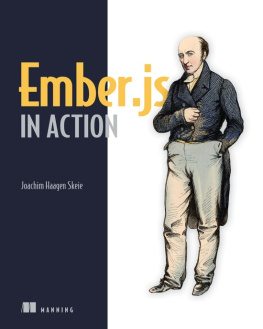
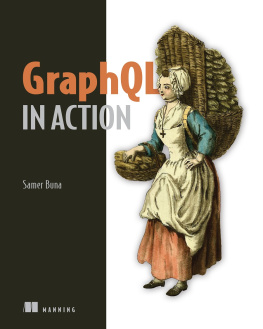

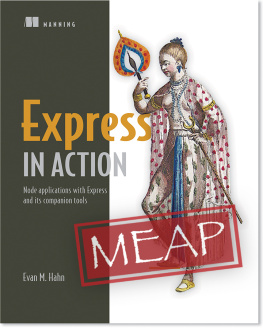

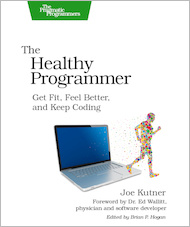
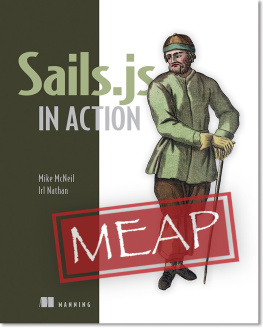

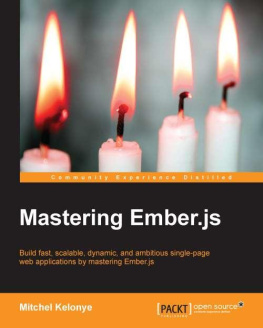
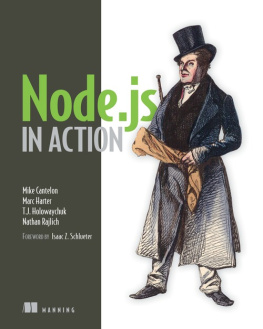
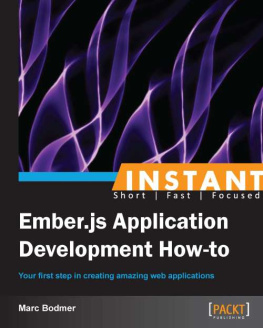


 Recognizing the importance of preserving what has been written, it is Mannings policy to have the books we publish printed on acid-free paper, and we exert our best efforts to that end. Recognizing also our responsibility to conserve the resources of our planet, Manning books are printed on paper that is at least 15 percent recycled and processed without elemental chlorine.
Recognizing the importance of preserving what has been written, it is Mannings policy to have the books we publish printed on acid-free paper, and we exert our best efforts to that end. Recognizing also our responsibility to conserve the resources of our planet, Manning books are printed on paper that is at least 15 percent recycled and processed without elemental chlorine.